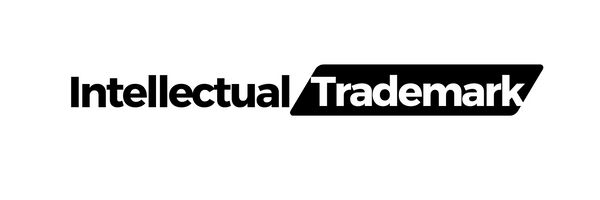Aaaah Coca-Cola. The world's famous drink. We love the Christmas adverts. The famous American brand. Buckle your seatbelts.
The Chinese language trademark for Coca-Cola, 可口可乐 (pronounced “Ke Kou Ke Le”), is widely recognized and has been used in the Chinese speaking world for nearly a century. It was first registered in Hong Kong in 1939 when Coca-Cola entered the Chinese market. 可口可乐 is an exceptional trademark that fulfills all the requirements for effective Chinese language branding. It is a transliteration that closely resembles the pronunciation of Coca-Cola and also carries a positive meaning that aligns with the brand image.
However, when Coca-Cola initially entered the Chinese market, it faced a potential branding issue that needed immediate attention. Some shopkeepers had already created their own Chinese language trademark for Coca-Cola, solely based on a phonetic transliteration. Although this trademark sounded similar to the English mark, its literal translation was nonsensical. It either meant "bite the wax tadpole" or "female horse fastened with wax."
While attention-grabbing, these meanings were not suitable for Coca-Cola's sophisticated brand image. Coca-Cola acted swiftly and developed one of the most successful Chinese language marks. The mark not only looks visually appealing but also sounds very similar to Coca-Cola. Moreover, it conveys a positive meaning, literally translating to "to permit the mouth to be able to rejoice," which aligns with the brand's image.
Today, trademark owners entering the Chinese speaking market should learn from Coca-Cola's example. It is crucial for them to have a well-defined Chinese language trademark strategy in place before entering the Chinese market. Failing to do so puts brand owners at a significant risk of having the market or other traders choose their Chinese language trademark for them. Chinese language trademarks that are considered the best possess a striking resemblance to the original foreign language mark, exhibit visual appeal, and most importantly, convey a positive and meaningful message.

